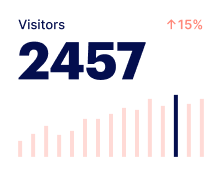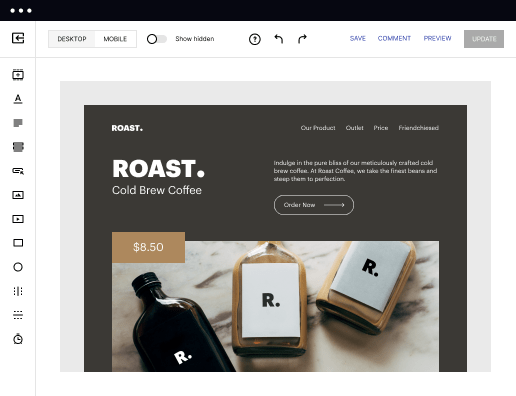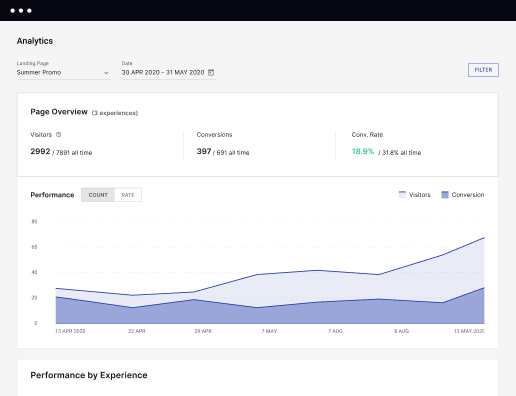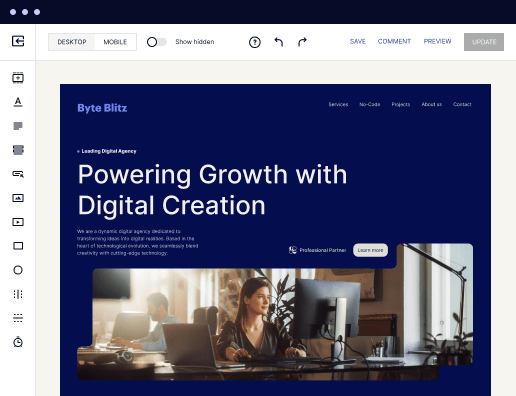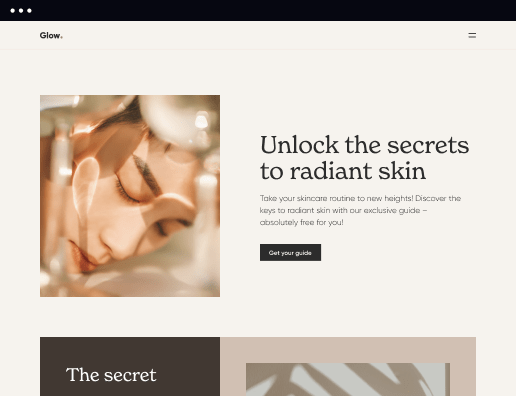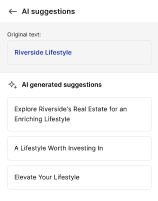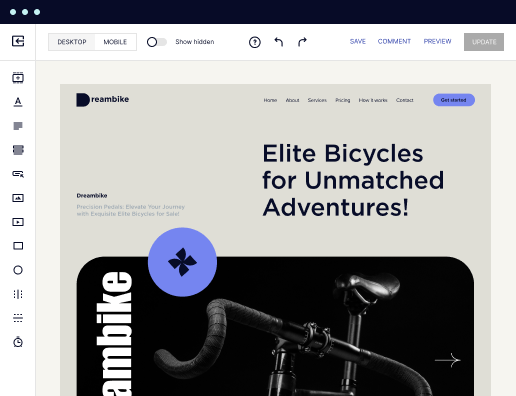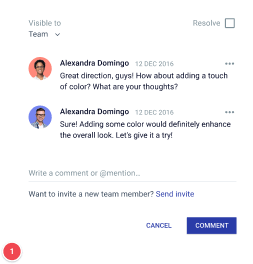Make your personalized blog page for elevator companies
Deliver personalized experiences with blog page that build brand trust for elevator companies and foster customer loyalty.
Build your blog page for elevator companies with Instapage
Building a dedicated blog page for elevator companies requires a strategic approach to capture your audience's attention and trust. Instapage's powerful landing page platform is designed specifically to empower marketers in creating highly relevant and conversion-driven landing pages. With easy-to-use tools and a library of conversion-focused layouts, you can create compelling content tailored to your customer’s needs in a matter of minutes.
Understanding Your Audience
The first step in building your blog page for elevator companies is to identify and understand your target audience. Specialized verticals like Business Services, Marketing and Advertising, and Tech/SaaS are critical markets to consider. Each audience segment has specific pain points and interests that should be reflected in your content.
- Identify key customer segments – Understand who your customers are and what they need from your blog.
- Conduct keyword research – Use LSI terms and search trends to find relevant topics to discuss.
- Track audience behavior – Utilize heatmaps to determine how users engage with your content.
- Personalize content – Dynamically adjust your messaging based on visitor data.
Creating Impactful Content
Once you've pinpointed your audience, the next step is to create targeted content that addresses their needs. Use Instapage to build flexible layouts that allow for A/B testing and user feedback integration.
- Utilize Instablocks – Leverage pre-designed blocks for quicker assembly of your blog pages.
- Focus on visuals – High-quality images and videos can help illustrate your points effectively.
- Write clear calls to action – Encourage engagement by guiding users toward specific actions.
Optimizing Your Blog Page
Optimization is key to improving conversion rates. Use A/B testing and detailed analytics to understand what's working and what isn’t.
- Experiment with layouts – Utilize experimentation features to see which designs resonate best with your audience.
- Gauge performance metrics – Analyze bounce rates and average session times to refine your content.
- Iterate based on results – Continually adapt your strategy based on user feedback and performance insights.
By combining audience understanding, impactful content, and ongoing optimization, you set your blog page for elevator companies up for success. Instapage's suite of tools is designed to ease each step of this process, ensuring that your landing pages not only attract visitors but convert them into loyal customers.
Start building your blog page today and enhance your marketing strategy with Instapage's robust capabilities.
Sign up for Instapage to begin creating custom-tailored landing pages that boost your brand trust and enhance conversion rates.
Get more out of Build your blog page for elevator companies
Improve your Quality Score with quick load technology for landing pages
Increase conversions with content that aligns with your ads and audiences
Achieve maximum ROI by scaling your marketing initiatives
Leading the way in building high-performing landing pages





FAQs
See how to build your blog page for elevator companies in action
Ready to skyrocket conversions?
Supercharge your ad campaigns with high-performing landing pages.
Get started
